
Interpreting Dreams
A full lesson plan to talk about dreams and emotions while discovering some English idioms, leading up to a creative exercise where your students get to impersonate the best dream specialists in town.
My zombie aunt was chasing me down my middle school corridor while Chopin was playing on the loudspeakers. Then I hid in a classroom where I found a cave troll picking flowers. Then I woke up!
This lesson has been a favorite of mine for a long time. I’ve done several versions of it with my own students but I wanted to make something specially for the blog. This is a discussion lesson about interpreting dreams which stretches your students’ imagination in the final activity.
There are 2 versions! One is an A2 version whose vocabulary activity includes emotions and feelings. The B1/B2 version focuses on some basic English idioms.
Here’s the video! https://www.youtube.com/watch?v=FvY7qX6niFo
How to use this activity
Warm-up!
If you’re able to do so before the day you want to do this activity, ask your students to write down a dream during they had during the week. Then, at the beginning of this lesson, have students take turns telling the class about their dreams. If you chose this at the last minute, you can ask students to talk about a dream they had recently or a memorable dream they have had before. If you have a shy student or one who really doesn’t remember their dreams at all, simply ask them if they dream often and if their dreams are usually enjoyable or not.
Video: Part I
Let your students watch the first part of the video 00:00-00:41 and then ask them what they think about dreams. For example:
Are dreams important?
Do you believe dreams have meanings?
Do you ever think about your dreams or try to interpret them?
Do you agree that thinking about dreams can make us more self-aware?
Do you think dreams are completely random or is your brain doing work?
Once they finish answering a question or two, ask them to think of some dreams that everyone has. Naked in public, missed a train, failed a test, etc. Make a list in the chat.
Video: Part II
You can let them watch the video or have them only listen to the audio. You will only watch oo:41-03:59. Which of the dreams they mentioned were also in the video?
Vocabulary
Here, the A2 and B1/B2 lessons differ. Look at the top of the page to determine which activity to choose. Let your students discover the vocabulary according to the exercise on the page. Then, if you are working with A2’s you will watch part 2 again. Advanced students can move on to the next step.
Activity 1
What do these dreams mean? Put your students in pairs or small groups. They should match the meanings to the dreams. Correct the answers as a group.
Activity 2
Students work in pairs for the final activity. One student will choose a column of images (there are 3 in each column) and use them to describe a dream they had last night. The other student must listen closely (take notes even) because once the first student has finished, the second will tell them what their dream actually means! Then, they switch roles. You can do this for as long as you want by changing the pairings. Listen in on different pairs and take notes for a delayed error correction portion at the end of the lesson.
Delayed error correction
As the students were performing activity 2, you were taking notes, right? Put some of the mistakes you heard on the board and let your students correct the phrases. It will be chance to review some story-telling techniques and show off some of your students’ creativity at the same time.
I’ve used this lesson several times and it’s a lot of fun. I always get complements afterwards.
2 reviews for Interpreting Dreams
It takes a team of 13 to create and produce this material. In order for that to continue, please think about purchasing your own subscription to ESL Expertz and encourage your colleagues to do the same. We appreciate your confidence and support!


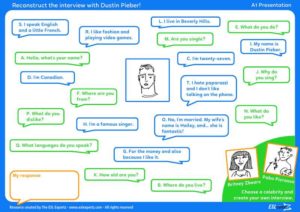
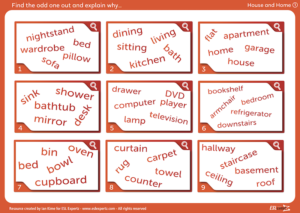


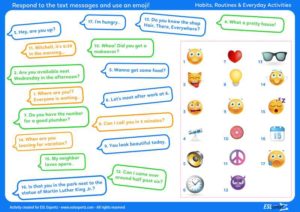
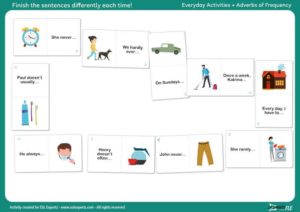
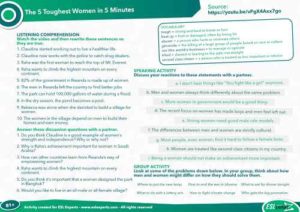
johanna.lendl –
This way perfect for my B2 students in a bilingual class (they also have other subjects in English, so their level is a bit higher than the one of other classes in the same year) as an additional exercise for a unit about sleep and dreams in their Upper Intermediate coursebook! Thank you so much for the great material!
lisacmcmahon –
I don’t see the video? Could you please post the link?
Ian Kime –
The link to the video is on the PDF at the bottom.